Business Letter Template for Professional Communication
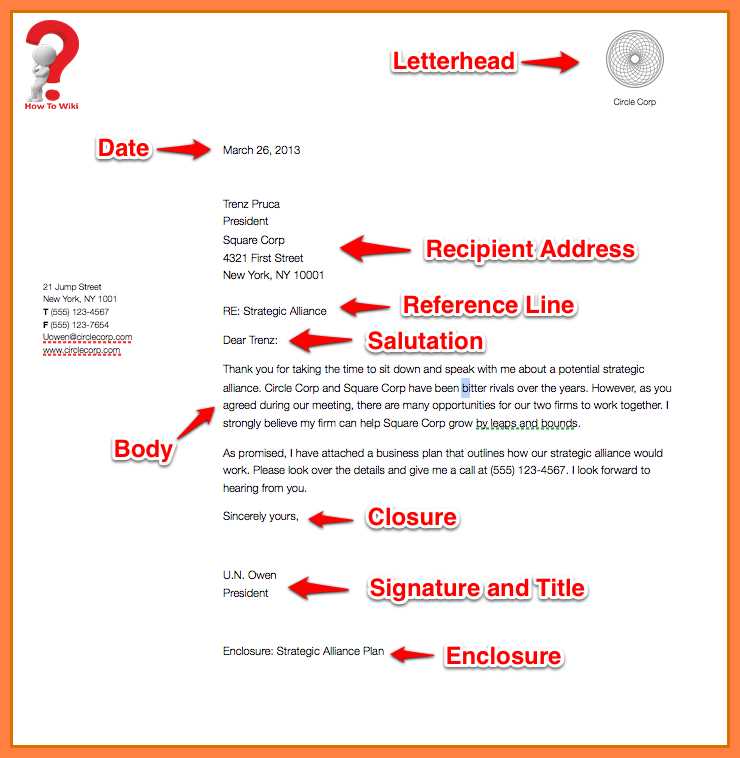
Effective written communication is a key element in maintaining professional relationships and ensuring clarity in your messages. Crafting well-structured content that aligns with formal expectations can sometimes be challenging, especially when trying to maintain a balance between tone and precision. Having a solid foundation for these types of communications can save both time and effort.
Standardized formats provide a helpful starting point for organizing your thoughts and presenting information in a clear, organized way. Whether you’re reaching out to a client, addressing a colleague, or applying for a position, having a consistent approach ensures your message is received as intended.
By understanding the basic components and structure, you can easily adapt your communication style to suit different occasions. This guide will walk you through the essential elements that make correspondence effective and help you craft polished, professional messages every time.
Why You Need a Business Letter Template
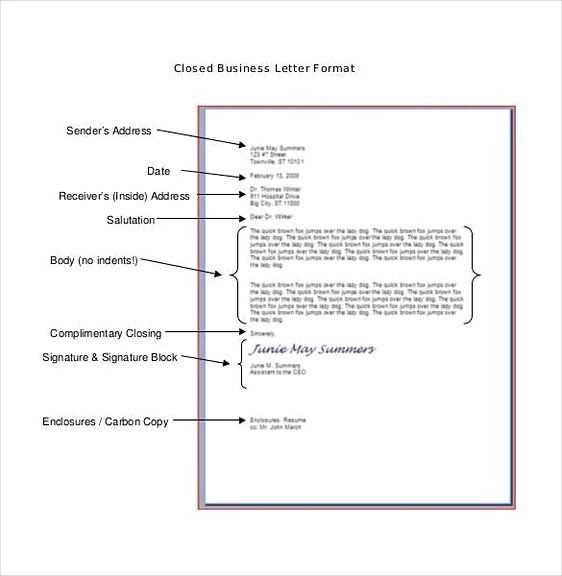
Having a clear and consistent framework for formal communication is essential in maintaining professionalism and ensuring your message is understood. When it comes to writing important correspondence, efficiency and structure can make a significant difference in how your message is received. Adopting a standardized approach allows you to streamline the process and avoid common errors that may undermine the effectiveness of your communication.
Save Time and Effort
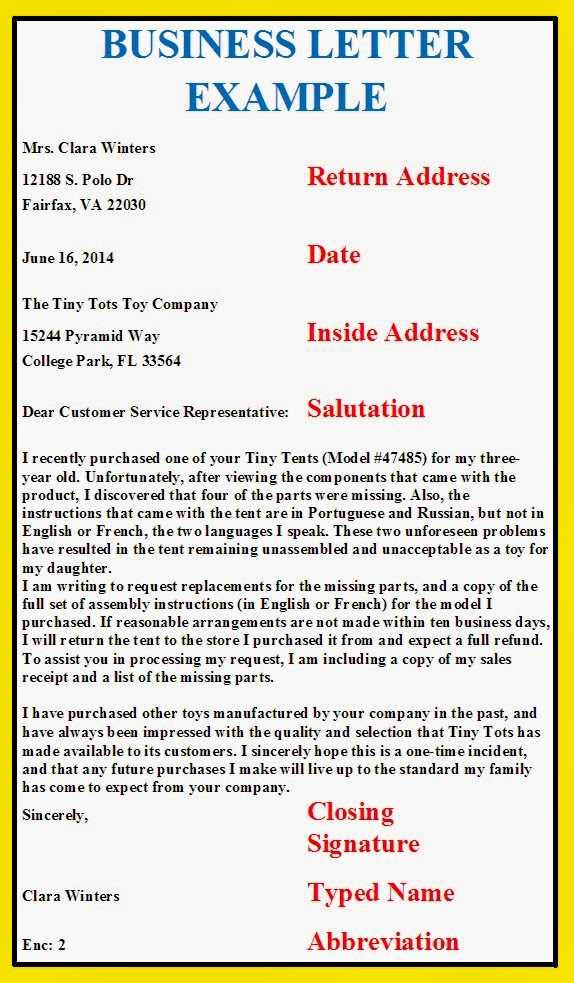
By utilizing a well-established format, you can quickly compose content without having to start from scratch every time. This eliminates the need to rethink structure and phrasing with each new message. A consistent layout means less time spent on organizing and more focus on the core of your communication.
- Instant access to pre-set formats
- Quick adaptation for different situations
- Less time spent on formatting and editing
Ensure Consistency and Professionalism
Using a standardized approach helps you present a polished, cohesive image to your audience. A structured format ensures that every piece of correspondence meets the expectations of formality and clarity, reflecting well on your personal or organizational reputation.
- Maintains uniformity across all communications
- Promotes a professional image
- Reduces the chance of missing important details
Key Elements of a Business Letter
Every formal written communication follows a set of essential components that ensure clarity, professionalism, and the proper delivery of information. A well-structured message will guide the reader through the main points without confusion. Understanding these core elements is crucial for crafting effective correspondence, regardless of the purpose or recipient.
The structure of a formal message typically consists of several key sections, each serving a distinct role. These sections help convey the message in an organized and logical manner, ensuring that all necessary details are included and easy to follow.
- Sender’s Information: This includes the name, address, and contact details of the person sending the message. It establishes the identity of the writer and provides necessary information for follow-up.
- Recipient’s Information: The name and address of the recipient should be clearly presented, ensuring the message reaches the intended person or department.
- Date: The date of writing provides context for the communication, helping the recipient understand the timeliness of the message.
- Salutation: A formal greeting sets the tone for the message, typically including the recipient’s title and last name. It’s essential to maintain politeness and professionalism here.
- Body: The main content of the message, which should be organized into paragraphs. It addresses the purpose of the communication clearly and concisely.
- Closing: The concluding remarks express gratitude, summarize the message, or state the next steps. A polite closing is vital for leaving a positive impression.
- Signature: The sender’s signature adds a personal touch and confirms the authenticity of the message.
How to Choose the Right Format
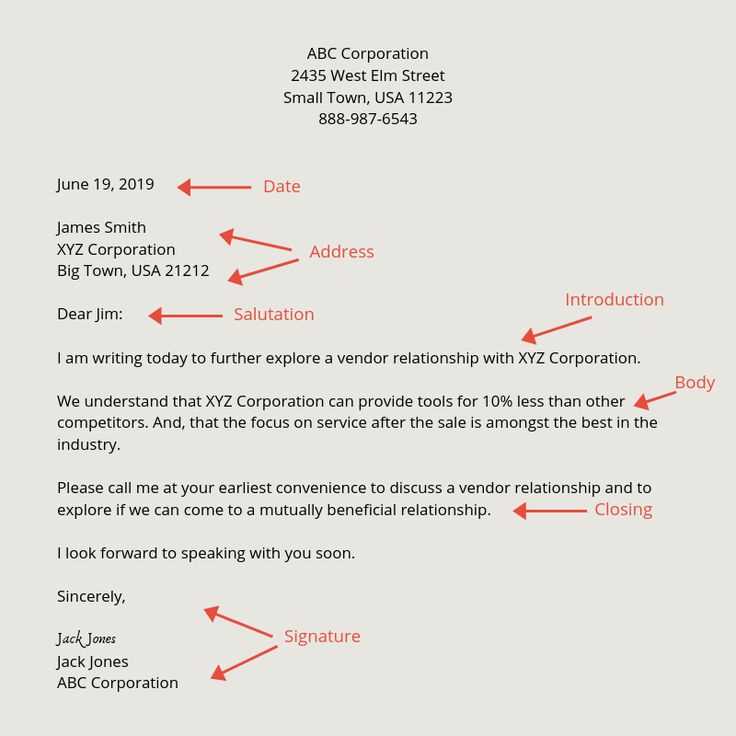
Selecting the proper layout for formal communication is essential to ensure clarity and professionalism. The choice of format will often depend on the purpose of the message and the relationship between the sender and the recipient. Different scenarios may require distinct approaches to ensure the message is presented in the most effective way.
There are several widely accepted formats used in formal correspondence. Each has its own set of conventions that should be followed, depending on the type of communication. Understanding these options helps ensure your message is appropriate for the context and meets the necessary standards of professionalism.
| Format Type | Description | Use Case |
|---|---|---|
| Block Format | All text aligned to the left, with no indentation for paragraphs. This is a clean and easy-to-read structure. | Commonly used in professional settings, such as client correspondence and formal requests. |
| Modified Block Format | The date, closing, and signature are aligned to the right, while the rest of the text remains left-aligned. This format offers a more visually balanced appearance. | Ideal for more formal communications or when seeking a slightly more personalized layout. |
| Indented Format | Each paragraph is indented, giving a more traditional appearance. It’s less commonly used but still seen in some legal or formal contexts. | Often preferred in formal legal documents or where tradition is important. |
Customizing Your Template for Different Purposes
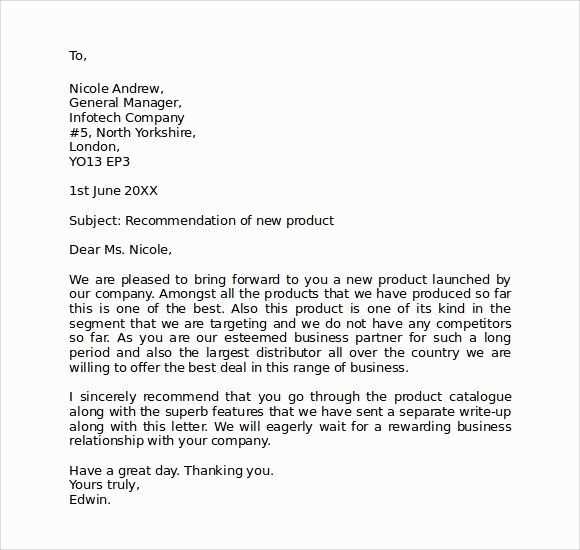
Adapting your written format to fit specific goals is crucial for ensuring that your message is appropriate and effective in various situations. While a standard layout provides a solid foundation, customizing it to meet the needs of the moment can make a significant difference in the way your communication is perceived. Whether you are writing a formal request, a follow-up, or a complaint, adjusting certain elements can make the message more tailored and impactful.
Each type of correspondence serves a different purpose and audience, which may require slight changes in tone, structure, or detail. Modifying the framework to align with the specific intent helps convey the right message and fosters stronger connections with recipients.
- Formal Requests: When asking for something, such as information or assistance, the tone should remain respectful and polite. Be clear and concise about your request and provide any relevant context or details.
- Follow-Up Messages: A follow-up should reiterate key points from previous communications, emphasizing any actions taken or to be taken. Keep the tone professional yet cordial to maintain a good relationship.
- Complaints or Issues: When addressing a problem, clarity is key. Outline the issue in a neutral and direct manner, and suggest a solution or request for resolution.
- Thank You Notes: Expressing gratitude requires a warm and sincere tone. Acknowledge the specific favor or assistance received, and keep the message brief yet heartfelt.
Common Mistakes to Avoid in Business Letters
When drafting formal written correspondence, it’s important to avoid certain pitfalls that can undermine the professionalism and effectiveness of your message. Small errors, whether in tone, structure, or content, can leave a negative impression and lead to misunderstandings. Being aware of these common mistakes can help you maintain clarity and respect in your communication.
Overly Casual Language: One of the biggest mistakes is using an informal tone where professionalism is expected. Phrases like “Hey” or “What’s up?” can diminish the seriousness of your message. Always strive for a polite and respectful tone.
Failure to Proofread: Spelling and grammatical errors can make a bad impression. Even minor mistakes can cause confusion or imply a lack of attention to detail. Always take the time to review your message before sending it, ensuring it’s free from errors.
Being Too Vague: Not providing enough detail can make your communication unclear. It’s crucial to be specific about what you’re requesting, what you’re offering, or what the next steps are. Ambiguity can lead to confusion and delay in response.
Ignoring the Audience: Tailor your message to the person you’re addressing. Using generic or overly complex language can make it difficult for the recipient to engage with your message. Understand your audience and adjust your tone and phrasing accordingly.
Not Having a Clear Purpose: A letter without a clear purpose or objective can confuse the reader. Whether you’re providing information, making a request, or offering a solution, ensure your message has a clear direction and focus.
Best Practices for Professional Communication
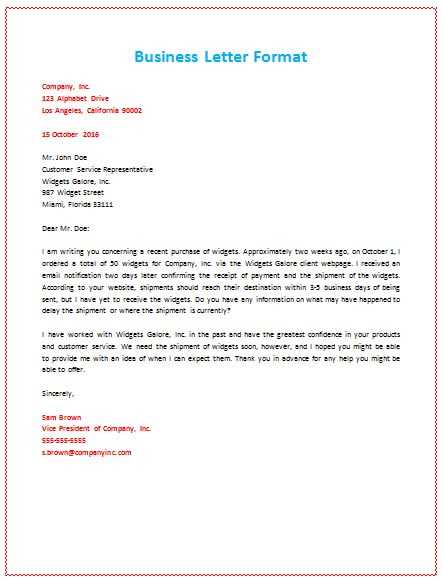
Maintaining professionalism in your written interactions is essential for building trust and ensuring your message is well-received. Whether you’re reaching out to a colleague, client, or potential partner, following certain guidelines can enhance the clarity and impact of your communication. By adhering to best practices, you foster respect and avoid misunderstandings.
- Be Clear and Concise: Keep your message direct and to the point. Avoid unnecessary jargon or overly complex language, and focus on delivering the key information in a simple, understandable manner.
- Use Proper Formatting: Organize your content logically with clear headings and bullet points when necessary. Well-structured writing helps the reader navigate your message easily.
- Maintain a Professional Tone: Even when addressing a less formal subject, keep your tone respectful and polite. Avoid using overly casual language or slang, and always err on the side of professionalism.
- Double-Check Details: Always verify the accuracy of the information you provide. Check names, dates, and any other facts before sending your message to ensure no mistakes are made.
- Be Mindful of Timing: Ensure you send your messages at appropriate times. Avoid sending correspondence during off-hours or when it may be overlooked.
- Express Gratitude and Appreciation: Politeness and acknowledgment go a long way in professional settings. Thank the recipient when necessary and acknowledge any effort made in response to your message.